How to Learn Big Data Step by Step from Scratch in 2025?
ProjectPro
JUNE 6, 2025
You can work in any sector, including finance, manufacturing, information technology, telecommunications, retail, logistics, and automotive. Big data requires a good understanding and knowledge of tools and cutting-edge technologies to help organizations enhance their profits by making appropriate decisions.



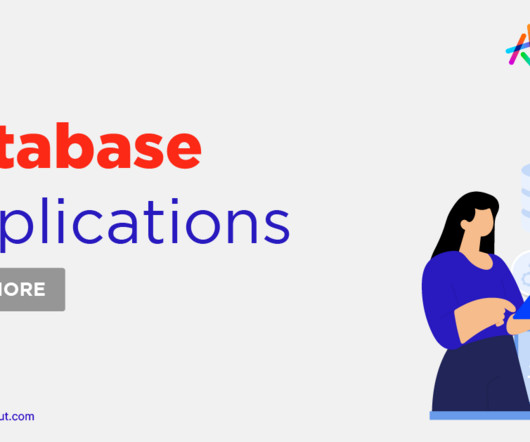


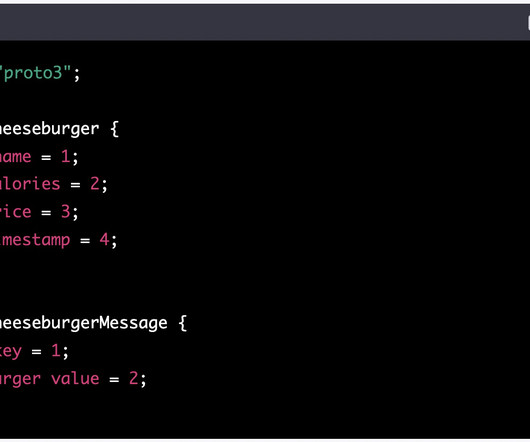
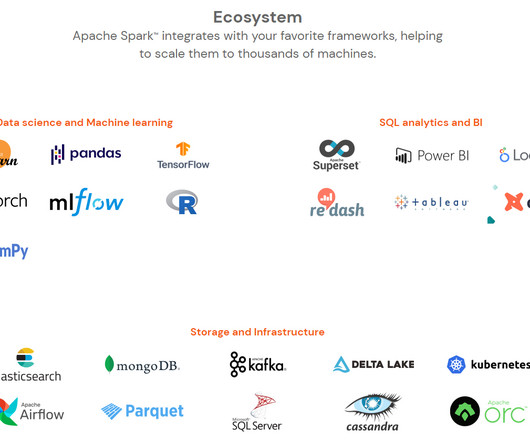
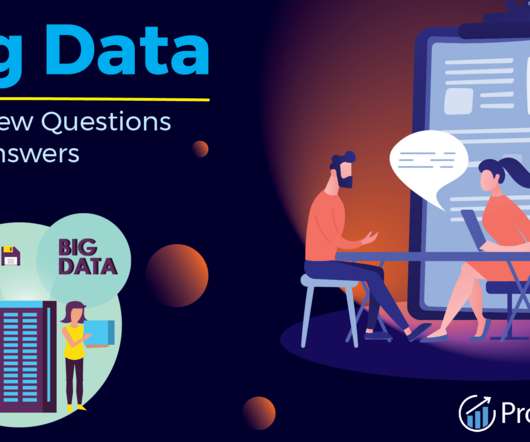


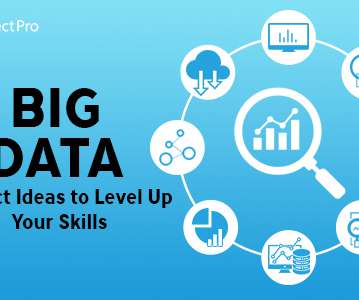






Let's personalize your content